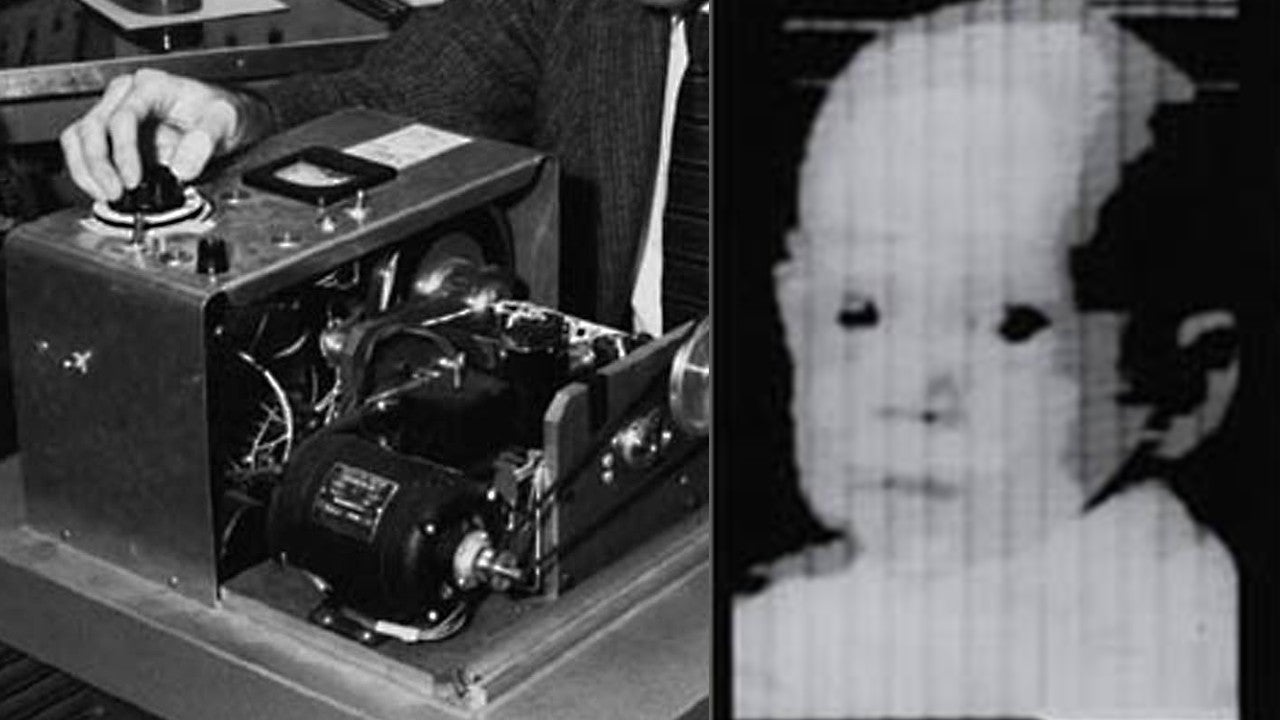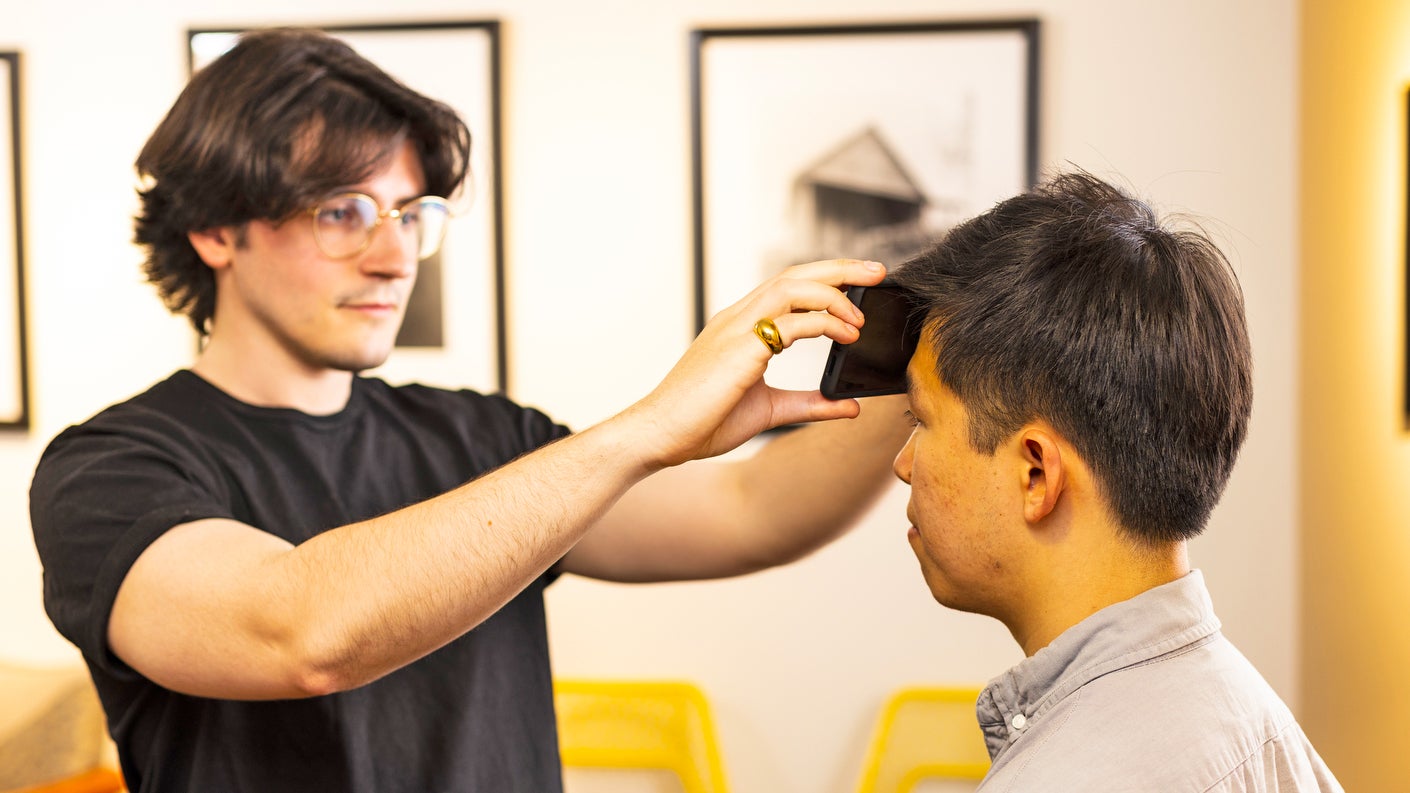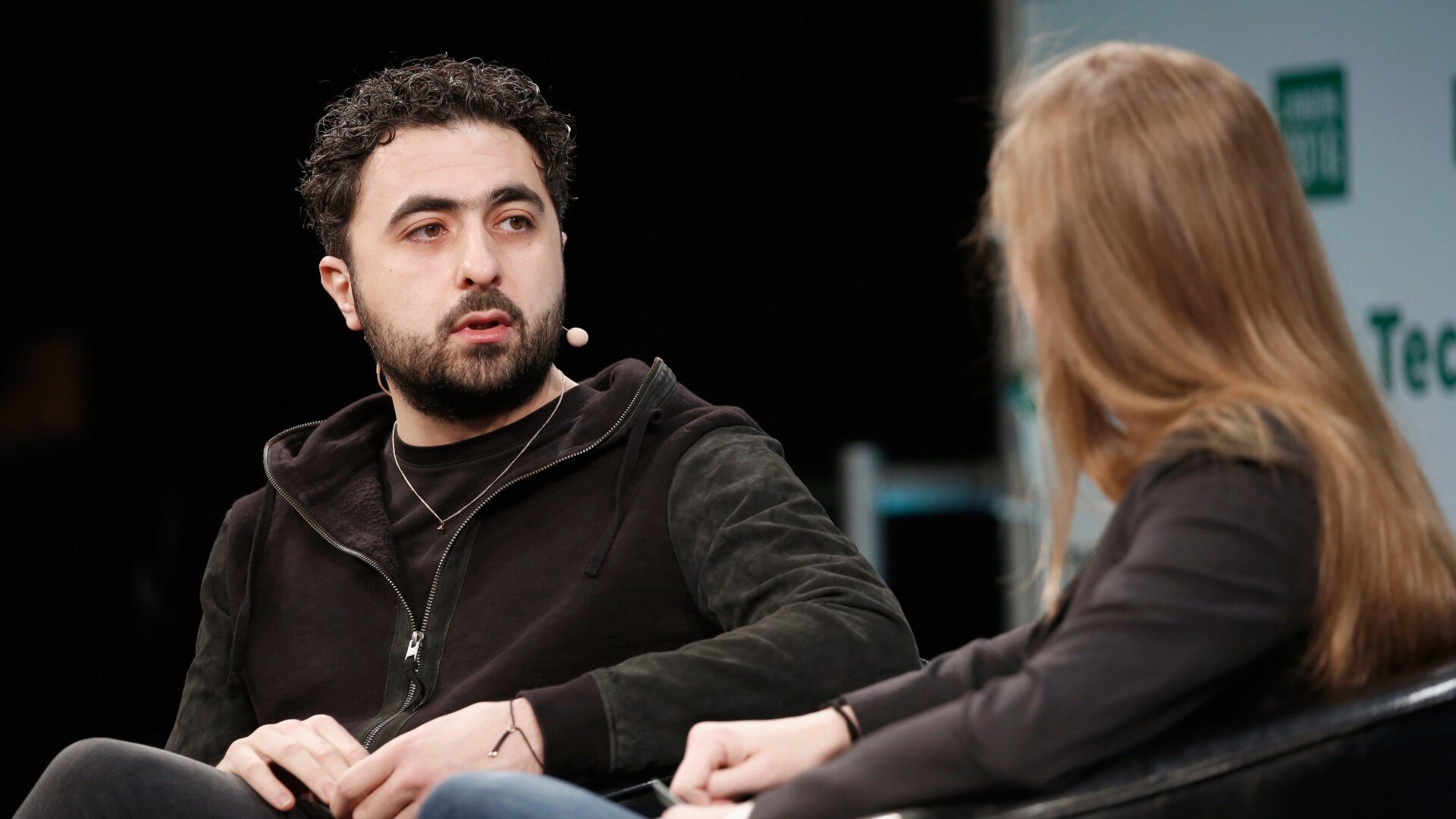Russell Kirsch, the inventor of the pixel and the first person to create a digital photograph, died Tuesday at his home in Portland, Oregon, according to a report from the Washington Post. Kirsch was 91 years old.
Kirsch was a computer scientist who worked for the National Bureau of Standards in the 1950s (now known as the National Institute of Standards and Technology) and worked with the first programmable computer in the U.S., called the Standards Eastern Automatic Computer (SEAC), which was created in 1950. But it wasn’t until 1957 that Kirsch and his team started experimenting with digital images, a uniquely challenging pursuit when computers were big enough to fill entire rooms.
Kirsch became a new father in 1957, and brought in a photograph of his three-month-old baby to test a new drum scanner that he’d worked on. Through his experiments, Kirsch created the first digital photo, which was just 176 pixels by 176 pixels according to NIST. (By contrast, inexpensive modern cameras can store around 20 million per photo.) In so doing, Kirsch and his team, including Leonard Cahn, Chuck Ray, and Genevieve Urban, had invented what would become known as the pixel.
The team published a paper with the Institute of Radio Engineers in 1957 titled “Experiments in Processing Pictorial Information with a Digital Computer” that’s available to read online thanks to the Computer History Museum. The paper includes other early examples of scanned photographs that became some of the earliest digital images. The biggest problem during the 1950s, of course, was storage. You really couldn’t hold that much information at one given time in 1957, leading to very limited practical uses for decades.
Notably, the term “pixel” wasn’t used yet in that paper and there was actually some debate about what to call that tiny square bit of visual information. The alternate term “pel” was often used in the early days, but pixel eventually won out.

Computers were serious business in the 1950s, even in popular culture movies like the classic Desk Set from 1957, and that seriousness really comes out in the interviews Kirsch would give years later about his time at the National Bureau of Standards. Every minute of the SEAC’s operation was supposed to be accounted for, and running the computer cost about $120 per hour, or over $1,100 adjusted for inflation. Kirsch admitted to “stealing” precious computer time, which led to experiments that would change the world for the better.
“Sometimes I can confess to having stolen machine time from purportedly more useful products like the thermonuclear weapons calculations and things of this sort,” Kirsch said in an oral history from 1970. “I wasn’t aware at the time of what I was stealing time from. I’m not entirely sure that I would have done differently had I known, but it was possible to get a certain amount of computing available at very attractive rates, namely free.”
It’s hard to explain just how revolutionary their photo experiment was, especially when other computer achievements were still decades away. The ARPANET, the precursor to our modern internet, didn’t make its first connection until October of 1969 and digital photography wouldn’t become a common consumer-oriented pursuit until the late 1990s.
Ask your grandparents about what it was like taking film to get developed, kids. It was an experience.














